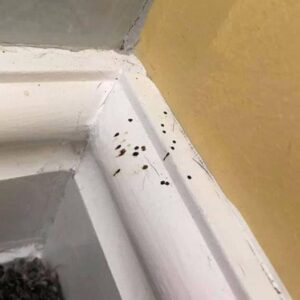Stale bread may be dry and tough, but it’s usually safe to eat—as long as there’s no mold. Staleness results from moisture
loss and starch retrogradation, making bread firm but not spoiled. Although it’s less appetizing plain, stale bread can
be revived or repurposed in the kitchen. To refresh it, warm it in foil at 350°F or toast it. It’s also
perfect for cooking—ideal in recipes like French toast, bread pudding, stuffing, panzanella, croutons, or breadcrumbs.
However, moldy bread is a different story. If you see mold—no matter the color—discard the whole loaf. Bread is porous,
and mold can spread beyond what’s visible. Eating moldy bread poses serious health risks, including allergic reactions and mycotoxin exposure.

Bread mold growth varies by type and storage. Homemade bread lasts 2–3 days, store-bought up to a week, and refrigerated bread slightly longer—though it
stales faster. For freshness, store bread in a bread box or paper bag short-term. For long-term, freeze it in slices, wrapped tightly to avoid freezer burn.
Bottom line: stale bread is safe and versatile; moldy bread is unsafe and must be thrown out.
With smart storage and creativity, you can waste less and enjoy more from every loaf.





